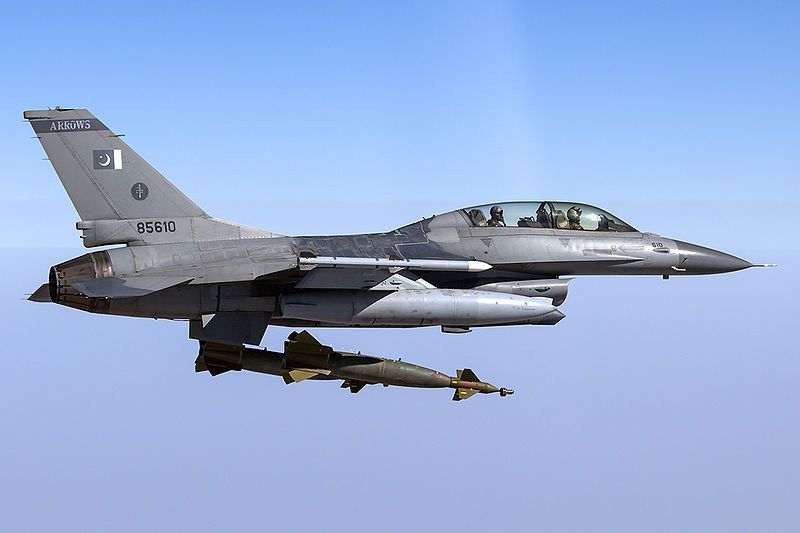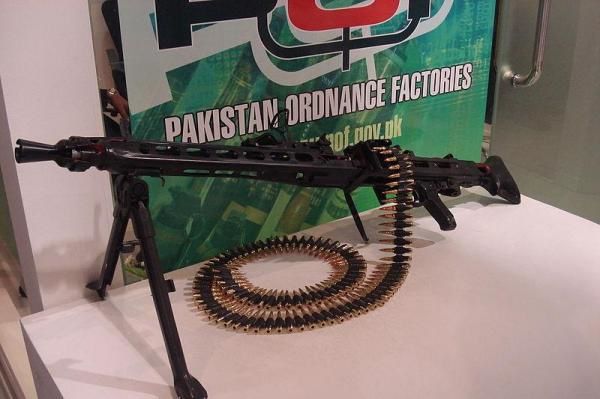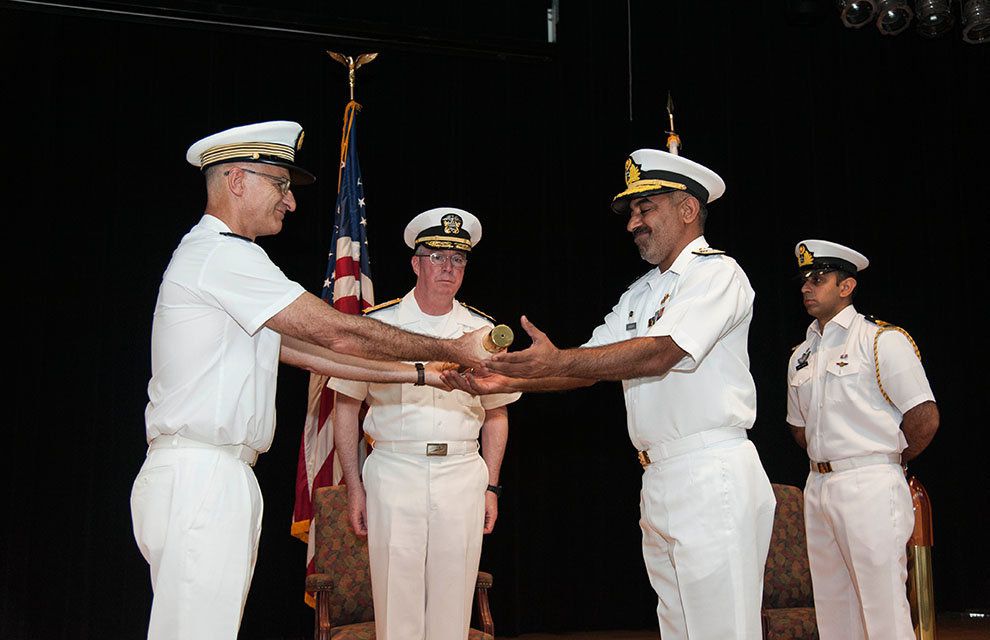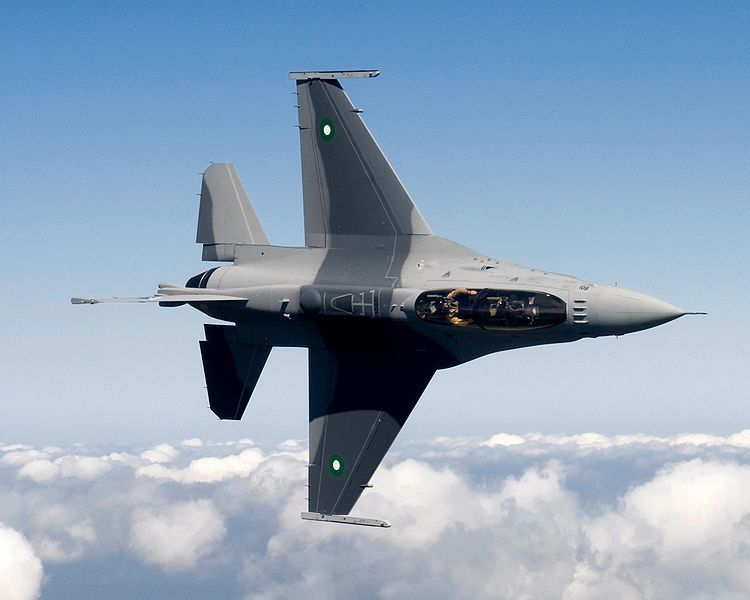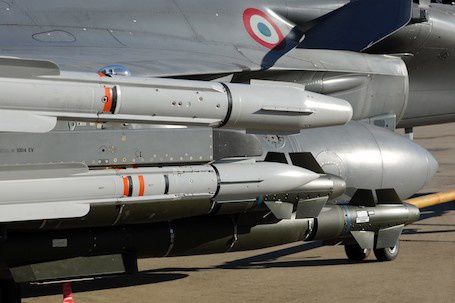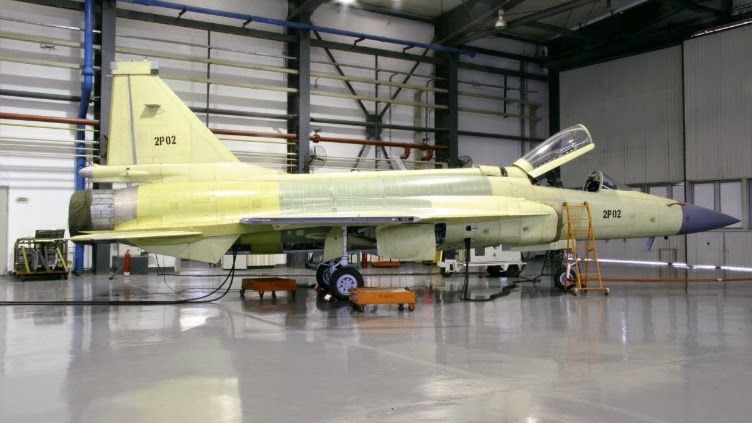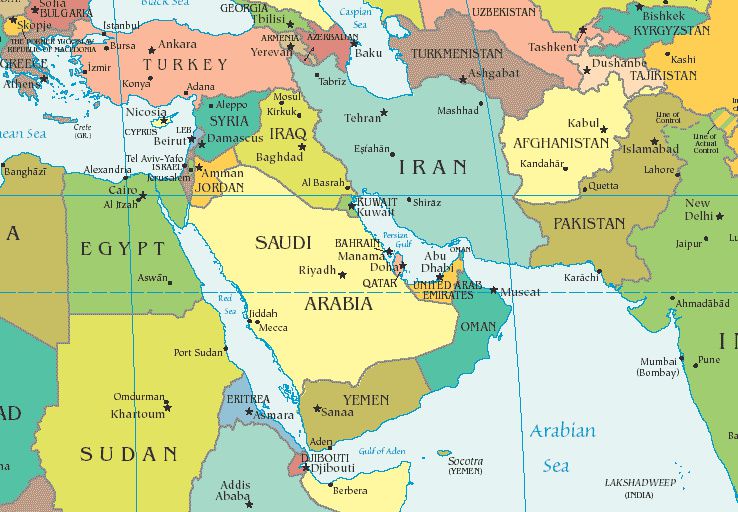March 21, 2015: Strategy Page
Iranians are feeling pretty ebullient just now. There forces are advancing on many fronts (in Yemen, Syria, Iraq and in defeating the sanctions). The future looks bright, except it isn’t.
The government, and most Iranians are confident that Iran will manage to negotiate its way out of the growing list of sanctions seeking a halt to Iranian nuclear weapons and ballistic missile programs. The negotiations are facing a March 31st deadline and there are still key points of disagreement. Iran takes comfort in the fact that members of the coalition (Britain, China, France, Germany, Russia, United States) they are negotiating with are divided with growing willingness among many coalition members to trust Iranian pledges to abide by any treaty. Many in the West (and the Arab world) don’t trust Iran and demand a deal with strict monitoring. Iran rules this out as a violation of their sovereignty, an affront to their honor and so on.
The Iranian religious dictatorship sees these negotiations as crucial to its survival. In part that is because most Iranians have decided that the ruling clerics and their Islamic Republic are a failure. This can be seen in the plunging birthrate, growing number of drug addicts and the many small protests against the rule of religious zealots. Young Iranians feel like prisoners serving life sentences in a nightmarish jail run by unpredictable religious fanatics who are also corrupt and unable to manage the economy. The sanctions have made this worse and while the damage has been controlled it is draining Iran’s limited cash reserves.
Even with the sanctions lifted Iran still has the problem with the Saudi ability to keep the price of oil so low that Iran cannot maintain living standards or modernization of their military and oil industry. This Saudi price war makes Iranians more eager to get nukes because that would give them a weapon that might be capable of getting the Saudis to back off and let the price of oil rise (by cutting Saudi production). Even then there is the problem with the growing use of fracking to obtain oil and gas trapped in shale formations. These shale formations are found worldwide and production from this source will ultimately lower the value of Iranian (and Arab and Russian) oil fields.
But ending the sanctions and producing a working nuke are the only two things the Iranian clerics can do to improve their position. Resigning or allowing free voting are not options because most of the senior clerics (or members of their families) would be vulnerable to prosecution for corruption or abuse of power (having enemies, like reform advocates, killed or falsely imprisoned) if they lost control of the government. The clerics can deceive themselves thinking they are running the country in the name of Islam, but that does not justify the corruption, murder and sundry other bad behavior. Most Iranians have already figured that out.
Inflation is still high but not rising. It has been about 16 percent for nearly six months. Iranian smuggling efforts have prevented oil shipments from declining . These sales are currently bringing in about $1.4 billion a month, which is less than the government is spending. In addition to the reduced oil income the government is forced to spend nearly 8 percent of the $62 billion sovereign wealth fund (the government savings account) in the next year for long-delayed modernizing of oil and natural gas fields. Maintenance and updates have been delayed for decades because of sanctions (that prevented foreign firms who do this sort of work or supply necessary equipment from doing business with Iran) and other spending priorities. So the maintenance and upgrades were put off year after year. Now the vast collection of wells, pipeline and other facilities are falling apart and so is the ability to pump much oil, even if there were no sanctions. Because of the sanctions the upgrades to equipment will be somewhat limited but a lot of deferred maintenance can be performed. China produces a lot of the needed equipment and that can be smuggled in. China can also supply manufacturing equipment to help Iran create some of the needed equipment. Iran is smuggling more oil out, but with local forecasts of prices declining to $40 a barrel, all Iran can do is ship even higher quantities.
On the Syrian border Israel is working more with Syrian rebels (except ISIL) to help oppose Iran from establishing a presence in the area so they can launch attacks into Israel. Iranians have been bragging about doing this and Iran has sent more senior officers to work with Hezbollah and the Syrian Army efforts to clear all the rebels away from the Israeli border. Iran is also bringing in thousands of additional Iranian volunteers to join rebel militias in the fight against the rebels. It appears that Iran is trying to gain control of the area opposite the Israeli border and hang onto it. This would provide Iran with “Iranian controlled territory” on the Israeli border. The Syrian rebels that long controlled this border are being pushed away and Israel is uneasy about what might happen next.
The Iraqi offensive to take Tikrit (a Sunni Arab city 125 kilometers north of Baghdad) is basically an Iranian operation. The offensive began on March 1st and is halted outside the city center to allow most of the civilians to get away and avoid the bloody and destructive final battle. Most of the attacking troops are Iraqi Shia militia organized, trained, armed and advised (in some cases led) by Iranian officers. A senior Iranian general (head of the Quds Force, officially an international terrorist organization that organizes pro-Iran armed groups outside Iran) is on hand to supervise the operation. No American air support is being used and the Americans say that is because Iraq did not request any. The real reason for no U.S. air support is the fact that this is an Iranian operation and if American smart bombs and missiles were used the Iranians would blame the Americans for any civilian casualties. Iraq fears there will be a lot of civilian casualties because most of the 200,000 residents of Tikrit are Sunni Arabs. This is the hometown of Saddam Hussein, who is still considered a hero here. Iran considers Saddam Hussein a war criminal and arch enemy of Shia Moslems. The advance was slow but steady, thanks to Iranian training and supervision. ISIL deployed lots of mines, remotely detonated bombs, oil wells set on fire and snipers to hinder the advance. The Shia forces have found mass graves of Shia (or Sunnis working for the government) slaughtered by ISIL. There is fear that the Shia troops and militia will do the same to Sunni gunmen and civilians. Officially the Iraqi government is against the murder of Sunni civilians, but that tactic is what led to the collapse of the last Islamic terror offensive in 2008. Since then the Sunnis have maintained their disdain for Islamic terrorists and fear of another round of Shia reprisal killings. So this time around there is official prohibition of retaliation against Sunni civilians and an understanding among many (but not all) Shia that these mass murders are counterproductive this time around.
Iranian officials have repeatedly assured Iraqis and the West that Iran will not send combat units to Iraq. The rumors that Iranian combat units are in Iraq are largely because there are so many individual Iranians who have volunteered to fight ISIL. While Iranian Arabs might not be noticed the ethnic Iranians often look like Europeans and are easier to spot before you hear their accent. While Iran encourages Shia from anywhere to come volunteer to defend the Shia holy places in southern Iraq, there do not appear to be any Iranian military units in Iraq.
The attack on Tikrit (which ISIL has held since mid-2014) began March 1st when 27,000 troops and militia advanced in three columns. After three days the attack force has moved into the suburbs of Tikrit and recaptured some villages. The main battle will be in Tikrit itself. American advisors say most Iraqi troops are not yet ready to handle large-scale urban warfare. The militias are trained for a more primitive style of combat that means taking a lot more casualties to advance. Iran has trained these guys to think of this as a religious war, of Shia against fanatic Sunnis who see Shia as heretics to be murdered on sight. Iran has trained the militia to see this as a very personal battle in which death is martyrdom and as much a reward as victory. The problem is that ISIL trains their people the same way so the U.S. (and many Iraqi Army commanders) expects an epic bloodbath made even more horrific by mass murder of Sunni civilians. Neither has occurred. ISIL did not put that many gunmen into harm’s way and the Iranian advisors taught the militiamen to at least be careful, cautious and keep moving forward. Iran has supplied artillery (usually rocket launchers) and some armored vehicles (plus mechanics to get Iraqi ones operational) and this has turned the Tikrit Offensive into a slow, boring but relatively bloodless operation. The good news is that eventually ISIL will lose and the Shia will have bragging rights and positive press for a while. Iran will take credit and that will put more pressure on Western nations to get moving with an effort to take Mosul.
An Iranian freighter recently docked at Yemen’s second largest port (al Saleef) and unloaded 185 tons of weapons and military equipment. The Saudis could blockade this port and monitor Red Sea shipping to make it very difficult for Iran to keep delivering supplies to the Shia rebels. But that would risk an undeclared naval war with Iran and the Saudis try to avoid that sort of thing, Until recently Iran officially had nothing to do with what is going on in Yemen but now they have signed aid and support agreements with the Shia rebels who are still fighting the Sunni majority for control of the entire country. Arabs know that the “victory” in Yemen is being celebrated in the streets of Iran (at least in conversation) and increasingly in Iranian media as well. This is humiliating for the Gulf Arabs and Sunnis in general. Iran has not directly intervened (but is now openly supplying the Yemen Shia with cash, goods, advice and some commandos to rescue kidnapped Iranians) but is definitely enjoying the situation. The best Sunni hope for military intervention is the Saudis, but that’s not the Saudi style. The Saudis don’t want to see their armed forces tied down in Yemen, not when Iran remains a major, and growing, threat.
Then there is the ISIL threat in Syria and Iraq (and, to a lesser extent, inside Saudi Arabia itself). There is no easy way out of this mess for anyone. The customary way these things are settled in Arabia is by making deals. The Yemeni Shia feel an affinity for Iran, considered the “leader” of the Shia world and expect help from that direction. Most Yemeni Shia don’t want the religious fanaticism of Iran but are willing to accept aid from Iran and work to make Sunni majority Yemen a “friend“ of Iran (much like the Shia minority has done in Lebanon and Syria). The Saudis and the other Gulf Arab states are very hostile to this sort of thing but reluctant to go to war over it. That may change now that the Yemeni Shia rebels have officially declared themselves the rulers of Yemen even though they control only the capital and the north (about a third of the country).
March 17, 2015: This year even more Iranians defied the religious dictatorship and celebrated Nowruz (Festival of Fire) a tradition that began nearly 4,000 years ago and was a part of the New Year (which started in Spring, as it did worldwide until Christians changed that) festivities under the pre-Islamic Zoroastrian religion. This ancient faith dominated what is now Iran for over four thousand years until most Iranians were converted at sword point by invading Moslem armies. As with new converts to any religion some aspects of the former religion remained and were tolerated. However this was always a problem for conservative Islamic clergy who usually lose out when they attempt to completely extinguish ancient religious customs (like the Christmas tree, Halloween and so much more). The Iranian religious dictatorship has been trying to suppress Nawruz for over two decades and have been losing during the last decade and will not admit defeat.
March 16, 2015: Pakistan revealed that earlier this month Saudi Arabia had asked Pakistan to join a Sunni Arab coalition against Iranian aggression and send a brigade of troops to help deal with the Shia rebellion in Yemen. Pakistan declined, for now, apparently not willing to antagonize Iranr. Pakistan got a similar request in 1979 when Shia clergy led a revolution against the Iranian monarchy and talked of attacking the Sunni Arab states. For most of the 1980s Pakistan had an armor brigade stationed in Saudi Araba and served as a threat to eastern Iran, which borders Pakistan. Since then Pakistan and the Shia religious dictatorship in Iran have learned to get along. About 20 percent of Pakistanis are Shia and Pakistan has its hands full trying to halt Sunni Islamic terrorists from attacking those Shia. Those attacks anger Iran and Pakistan does not want to make that worse.
March 14, 2015: Iran and Russia worked out details and signed an agreement on forming a joint supervisory board for a joint bank which would enable Iran to evade sanctions, at least with Russia, by gaining access to the Russian banking system. While this subterfuge could expose Russia to more international banking sanctions, Russia apparently sees that coming anyway and is seeking to build a separate international banking system for outcast nations. Iraq has become an unofficial member of this new banking system with a growing number of Iranian firms establishing themselves in Iraq. Afghanistan is also a growing trade partner but because Afghanistan relies so much on Western aid to stay solvent, Iran cannot get as involved in manipulating the Afghan economy to help Iran beat the sanctions. If China can be persuaded to join this arrangement it will be a formidable competitor for the existing international banking system. That said there are numerous pitfalls to get around before reaching that goal. Meanwhile Iran is playing up (in Iraqi media) the aid Iran is providing to defeat ISIL. This makes Iraqis more eager to do business with Iran.
March 8, 2015: China has declined to get involved in Yemen. The Shia rebels there have declared themselves the legitimate rulers of Yemen, but they only control about a third of it. Shia militiamen occupy nearly half the country but in central Yemen the majority Sunnis are resisting with demonstrations and armed violence. The last elected leaders have set up a new capital in the southern port of Aden. The Shia rebels are trying to obtain aid, investment and diplomatic support from Russia and China, two countries that have long supported Iran, the primary supporter of the Yemeni rebels. China does a lot of business with Iran because of the oil and some export business to Iran. But Yemen has nothing of interest to China.
March 6, 2015: A second air freight flight from Iran landed at the airport outside the Yemeni capital (Sanna). Both of these transports were said to contain “humanitarian cargo.” Yemeni Shia envoys in Iran asked Iran to set up cultural centers and a museum of Persian art in Yemen.
March 5, 2015: An Iranian diplomat captured by AQAP (Al Qaeda in the Arabian Peninsula) Islamic terrorists in Yemen in 2013 arrived back in Iran. He was freed by Iranian commandos who now operate openly in Sanna. The Yemeni rebels denied that Iranian commandos are in Yemen.
March 4, 2015: Iran executed eight Kurds it had prosecuted on various charges. The Kurds are rebellious, Sunni and not ethnic Iranian, which makes them very vulnerable. Iran has always been an empire, and still is and only half the population is ethnic Iranian. What gives the ethnic Iranians control is that they share power with the quarter of the population that are ethnic Turks (mainly Azerbaijanis) and this power sharing can be seen by the many senior clerics who are ethnic Turks. There is one big problem with empires and that is that there tends to develop a sense of "Greater Iran" which includes, at the least, claims on any nearby areas containing ethnic Iranians. Hitler used this concept to guide his strategy during World War II. Thus internal ethnic or religious opponents are dealt with harshly. There are still 25 other Sunnis (Kurds, Baluchis, Arabs and others) on death row in Iran and all are expected to be executed eventually. Iran routinely ignores foreign criticism of its mistreatment of its ethnic and religious (Sunni, Sufi, Bahai, Christians and the few remaining Jews) minorities.
March 2, 2015: Israel claims that Syria has transferred some long range (700 kilometers) SCUD ballistic missiles to Hezbollah. These missiles carry a half ton high-explosive warhead. These SCUDs are actually North Korean variants on the original Russian SCUD that have a smaller warhead to enable longer range. Syria is giving them to Hezbollah to free up troops who have been guarding them and to avoid the risk of them getting captured. Israel has an anti-missile defense system that can stop these Scuds, as well as the other long range (about 200 kilometers) rockets Hezbollah has received from Iran and Syria.


